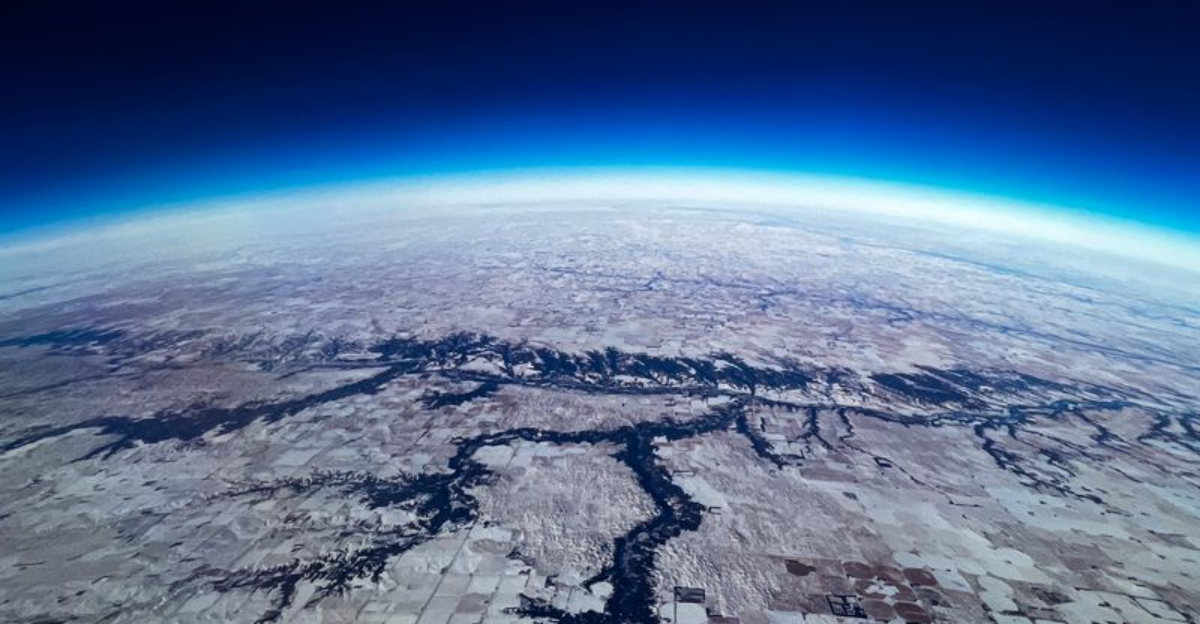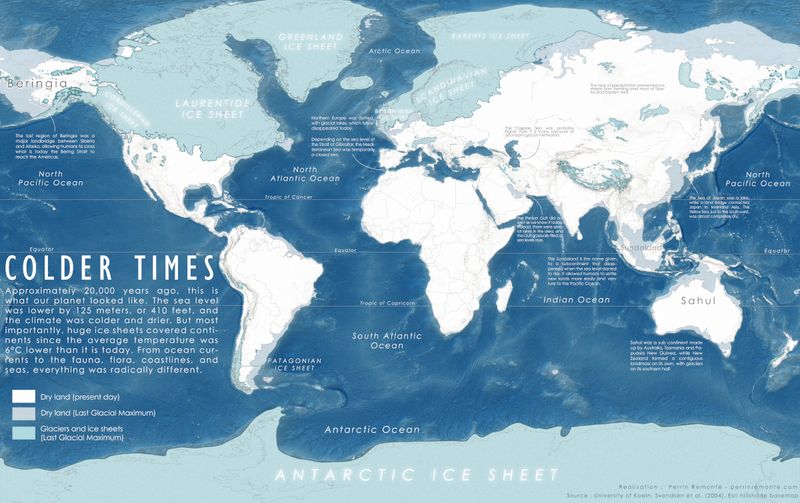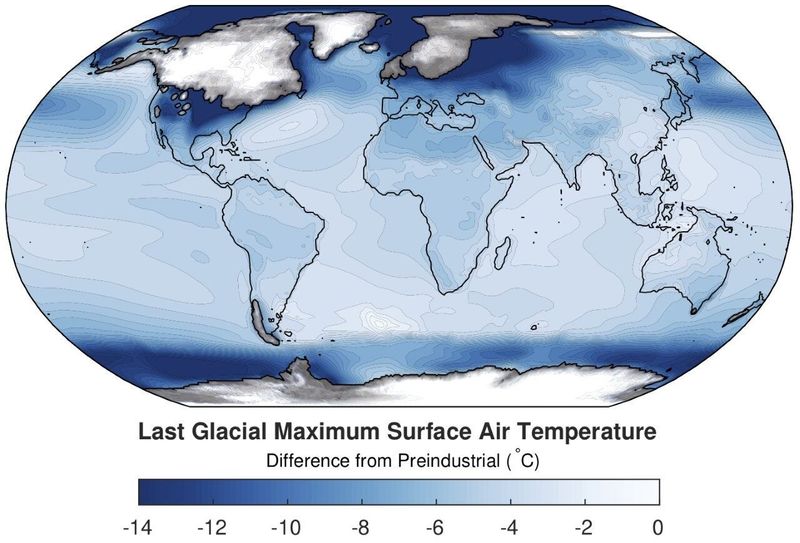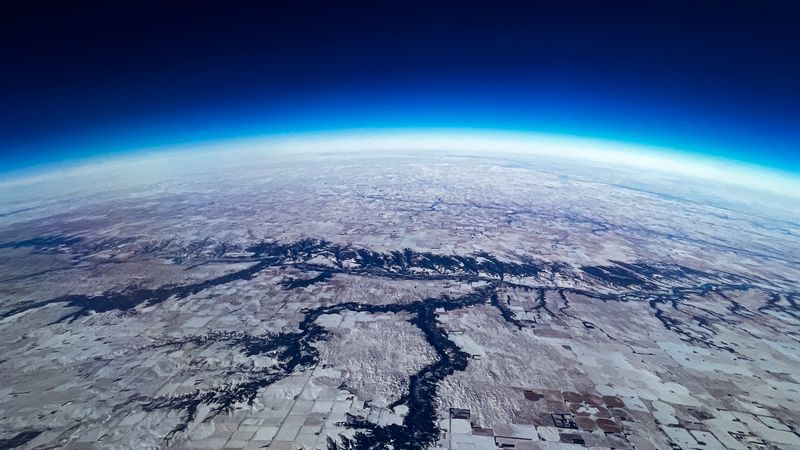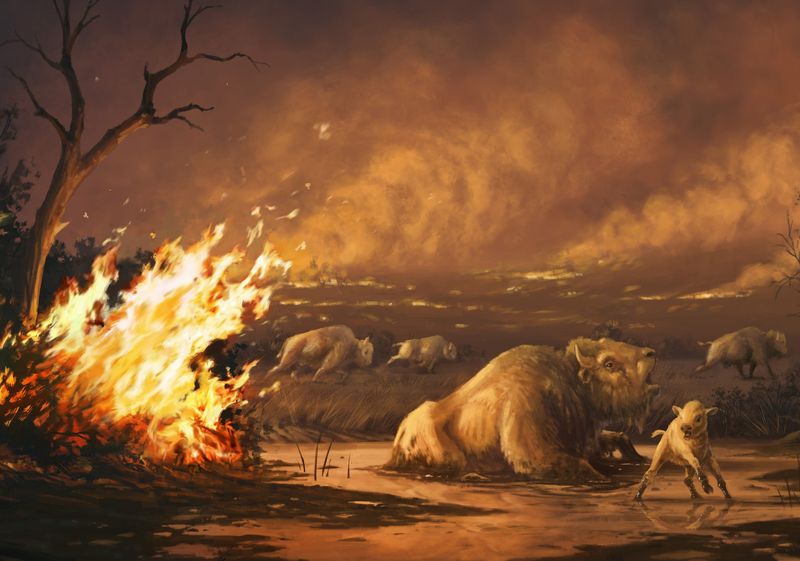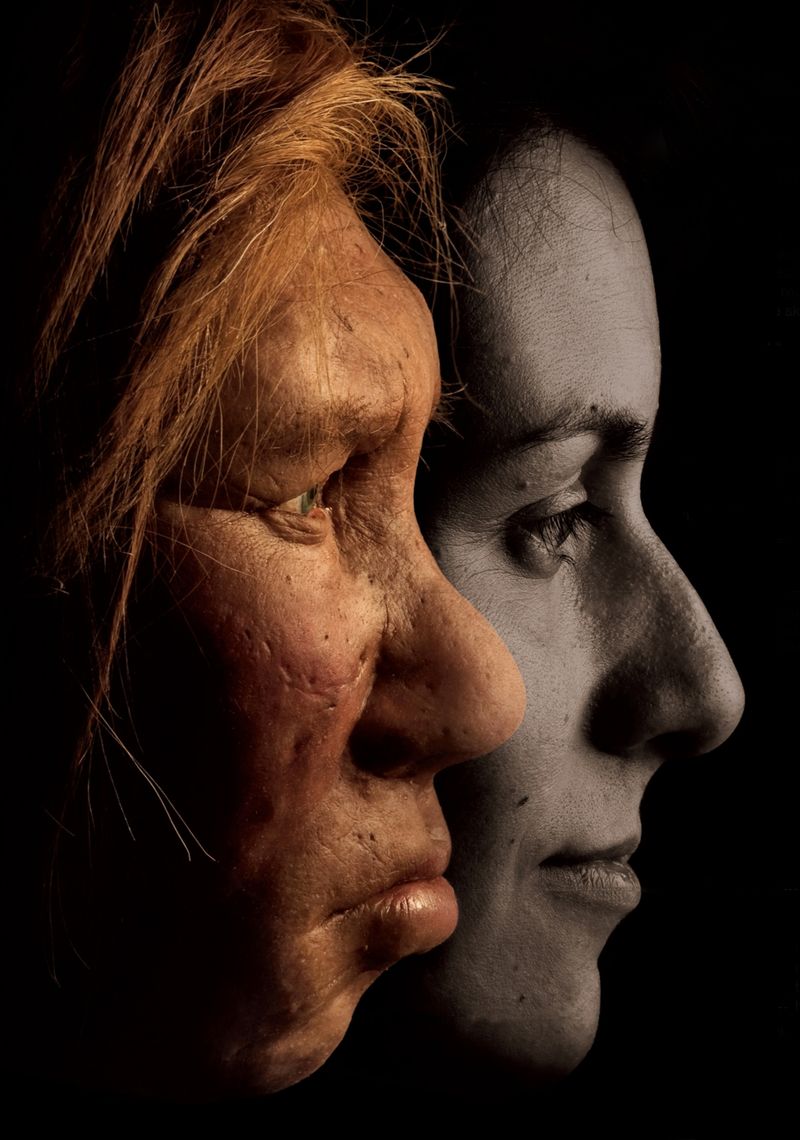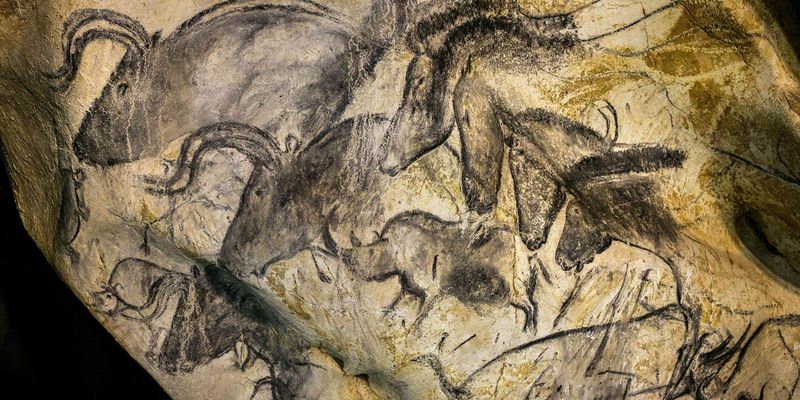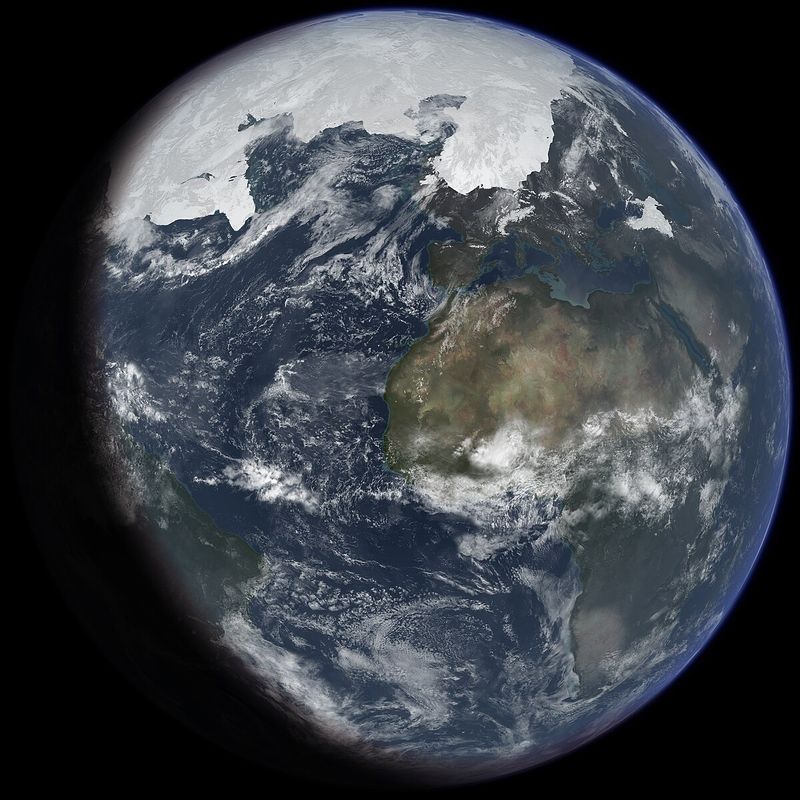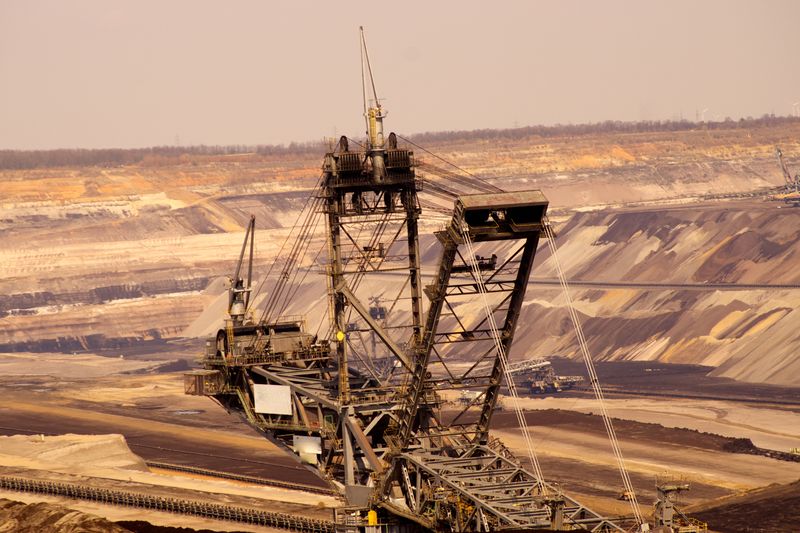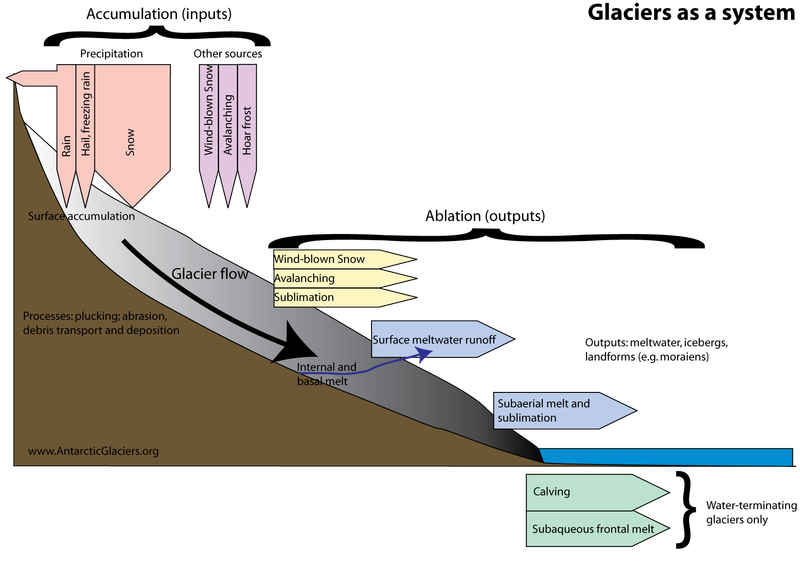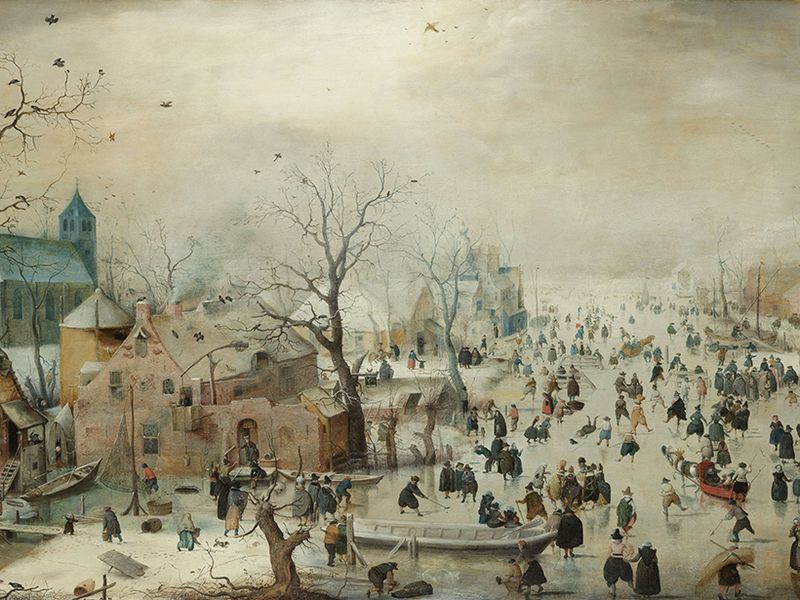The Ice Age has been a fascinating subject of both scientific study and popular imagination for generations. When we think of this ancient time, images of woolly mammoths and vast glaciers often come to mind.
But many common beliefs about this period are actually mistaken or oversimplified. Understanding what the Ice Age was really like helps us better grasp Earth’s climate history and how our ancestors survived during this challenging time.
1. Not Just One Frozen Era
Earth has experienced multiple ice ages throughout its long history. The Quaternary Ice Age started about 2.6 million years ago and continues today! What most people call “the Ice Age” actually refers to the most recent glacial period that peaked around 20,000 years ago.
Our planet cycles between glacial periods (when ice expands) and interglacial periods (when ice retreats). Right now, we’re enjoying a warm interglacial period that began roughly 11,700 years ago.
These climate cycles happen naturally due to changes in Earth’s orbit and tilt, creating a climate rollercoaster that’s been running for millions of years.
2. Tropical Paradises Still Existed
Contrary to popular belief, the entire Earth wasn’t frozen solid during ice ages. While massive ice sheets covered large portions of North America, Europe, and Asia, areas near the equator remained relatively warm and ice-free.
Animals and plants thrived in these tropical and subtropical regions. Many species simply migrated toward these warmer zones rather than adapting to extreme cold.
The persistence of these warm refuges explains why tropical biodiversity remained high despite global cooling. Even during the coldest periods, palm trees swayed in equatorial breezes while glaciers carved valleys just a few thousand miles away.
3. Glaciers Grew at a Snail’s Pace
Hollywood might show ice ages arriving overnight, but real ice ages develop over thousands of years. The gradual cooling allows ice sheets to slowly expand as more snow falls in winter than melts in summer.
These climate shifts happen due to subtle changes in Earth’s orbit (called Milankovitch cycles), variations in solar output, and changes in atmospheric composition. Early humans and animals had generations to adapt to the changing conditions.
The transition from warm to cold periods typically took 10,000 to 15,000 years – not exactly the sudden freeze portrayed in movies! This slow pace allowed ecosystems time to adjust rather than collapse immediately.
4. Complex Causes Behind Megafauna Extinctions
Woolly mammoths and saber-toothed cats didn’t disappear solely because our ancestors hunted them to extinction. Their disappearance resulted from a perfect storm of problems.
Rapidly changing habitats disrupted food webs as the climate warmed. Plants that these animals depended on shifted their ranges or vanished altogether. While human hunting certainly played a role, especially for already-stressed populations, it wasn’t the only factor.
Scientists call this the “one-two punch” hypothesis – climate change weakened animal populations, then human hunting delivered the final blow. This explains why some regions lost megafauna before humans even arrived there.
5. Neanderthals Live On in Our DNA
Remember learning that Neanderthals went extinct? That’s only partially true! While they disappeared as a distinct species around 40,000 years ago, pieces of them survive in many modern humans.
Genetic studies reveal that most people with non-African ancestry carry about 1-4% Neanderthal DNA. This genetic legacy resulted from interbreeding between our direct ancestors and Neanderthals before the latter disappeared.
Some of these inherited genes influence our immune systems, skin and hair characteristics, and even susceptibility to certain diseases. Far from being evolutionary dead-ends, Neanderthals contributed to our genetic makeup in ways that continue to affect us today.
6. Stone Age Sophistication
Cave paintings at Lascaux and Chauvet reveal that Ice Age humans were anything but primitive! These magnificent artworks demonstrate sophisticated understanding of perspective, color mixing, and animal anatomy.
Beyond art, our ancestors crafted intricate tools, developed complex hunting strategies, and created musical instruments. They maintained trade networks spanning hundreds of miles and developed spiritual practices evidenced by ceremonial burials.
The stereotype of the grunting caveman drags a club couldn’t be further from reality. Ice Age humans were innovative problem-solvers who developed technologies and social structures that allowed them to thrive in challenging environments that would overwhelm many modern people.
7. We’re Still in an Ice Age
Surprise! The Ice Age never actually ended. We’re currently enjoying a warm interglacial period within the ongoing Quaternary Ice Age that began 2.6 million years ago.
The defining feature of an ice age is the presence of permanent ice sheets at the poles. Antarctica and Greenland remain covered by massive ice sheets, satisfying this definition. What most people think of as “the Ice Age” was just the most recent glacial maximum.
Without human influence on climate, Earth would eventually cool again, with glaciers advancing southward in about 50,000 years. Our current warm period is just a temporary thaw in a much longer ice age cycle.
8. Human Warming Trumps Natural Cooling
According to natural climate cycles, Earth should be gradually cooling toward the next glacial period. However, human-produced greenhouse gases have overwhelmed this natural cooling trend.
Research published in Nature suggests our carbon emissions have potentially delayed the next ice age by at least 50,000 years! The warming we’ve triggered is powerful enough to override Earth’s orbital mechanics that normally drive ice age cycles.
The irony is striking – while our ancestors struggled to survive cold periods with primitive technology, our advanced civilization has inadvertently pushed the planet so far in the opposite direction that we’ve disrupted a climate cycle that’s operated for millions of years.
9. Glaciers Always Flow Forward
When we say glaciers are “retreating,” it creates the misleading impression that ice flows backward. In reality, glacier ice always flows downhill due to gravity, regardless of whether the glacier is growing or shrinking.
A retreating glacier is simply melting faster at its edge than new ice is forming at its source. Picture a conveyor belt moving forward while someone trims the end faster than new material is added – the end appears to move backward even though everything flows forward.
This misunderstanding affects how people visualize glacier dynamics. Even during periods of rapid retreat like today, the ice itself continues its relentless forward journey from mountain snowfields to lower elevations.
10. The Little Ice Age Was Just a Cool Spell
The Little Ice Age (roughly 1300-1850 CE) wasn’t a true ice age at all! This period saw slightly cooler temperatures primarily affecting Europe and North America, not worldwide glaciation.
Average temperatures dropped by just 1-2°C (1.8-3.6°F), enough to freeze rivers and extend growing seasons, but nowhere near cold enough to create new continental ice sheets. The cooling likely resulted from decreased solar activity, increased volcanic eruptions, and changes in ocean circulation.
Artists captured this period in winter landscapes showing frozen canals in the Netherlands and frost fairs on London’s Thames River. While historically significant, these conditions pale in comparison to a true ice age where mile-thick glaciers would have buried these locations entirely.
